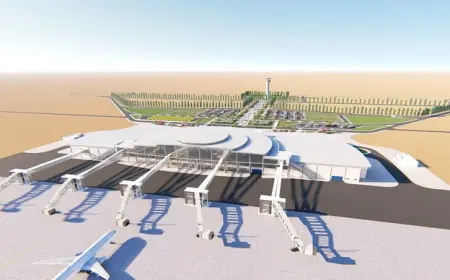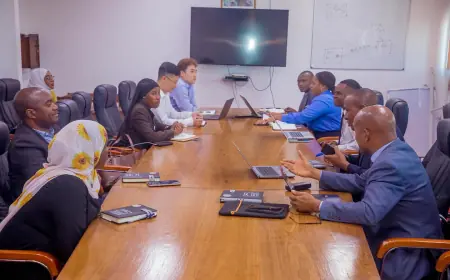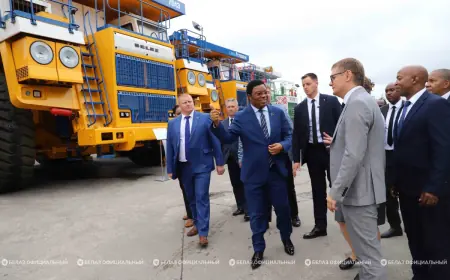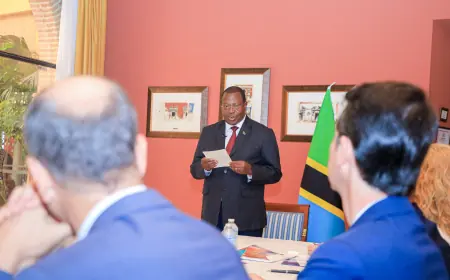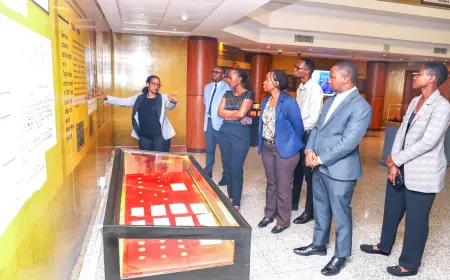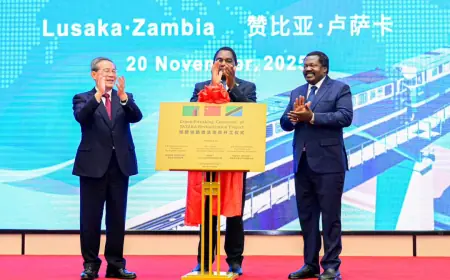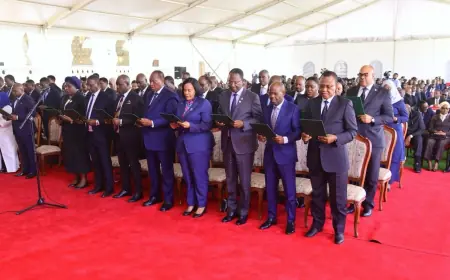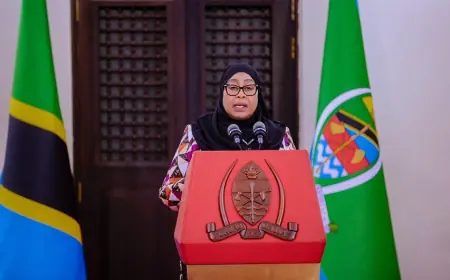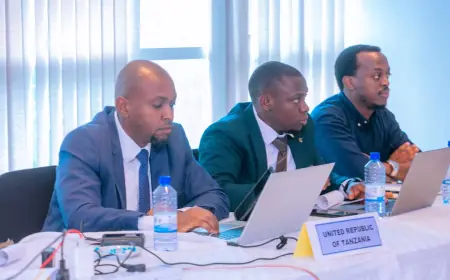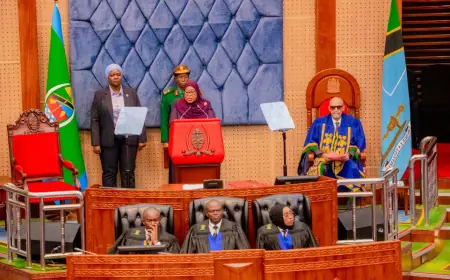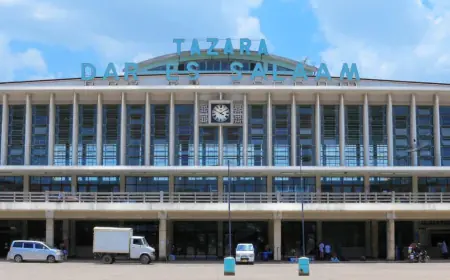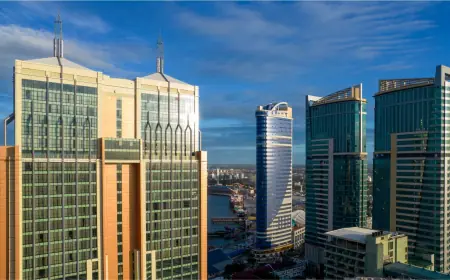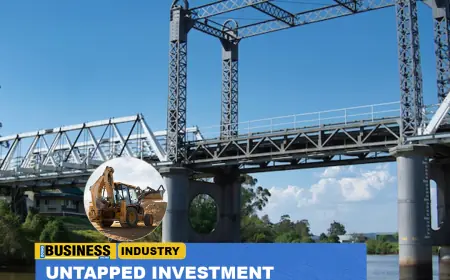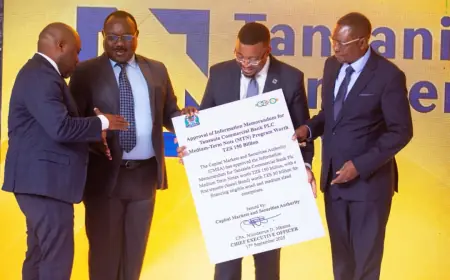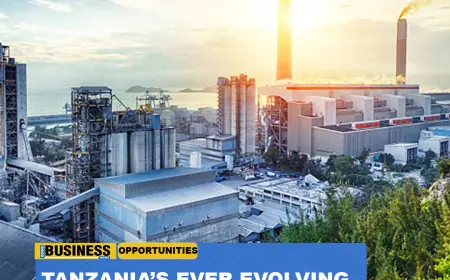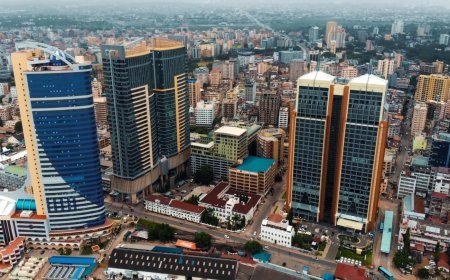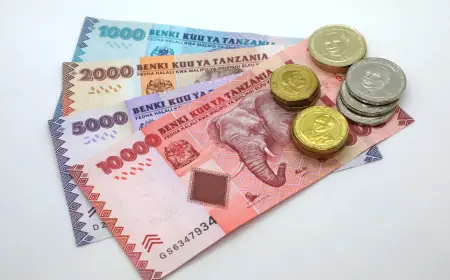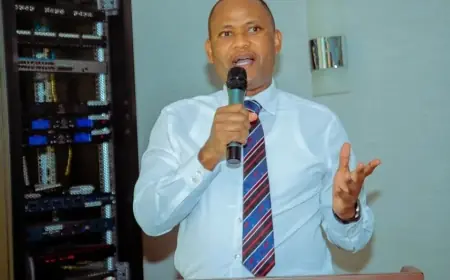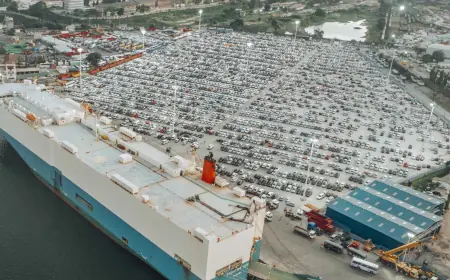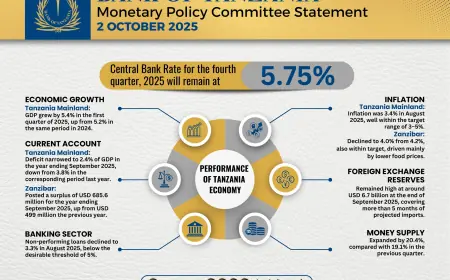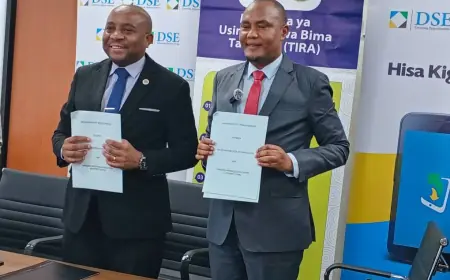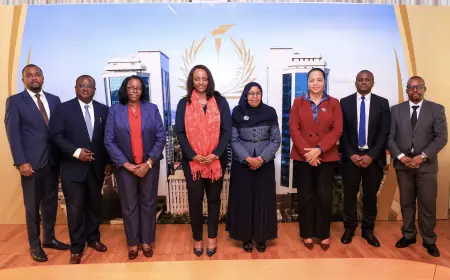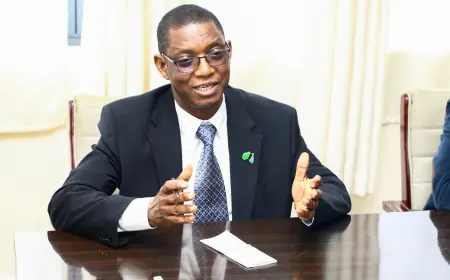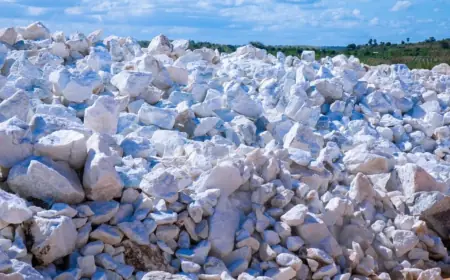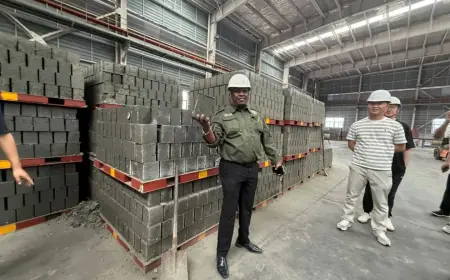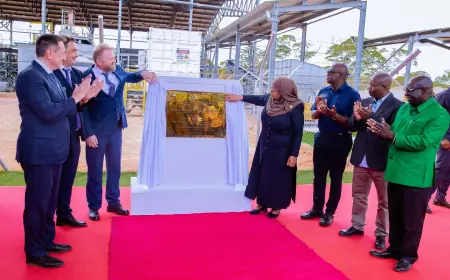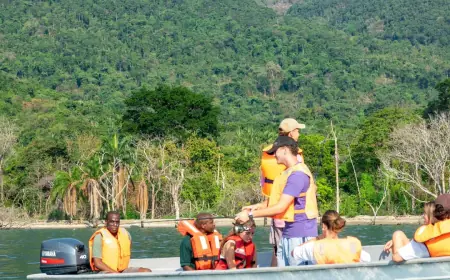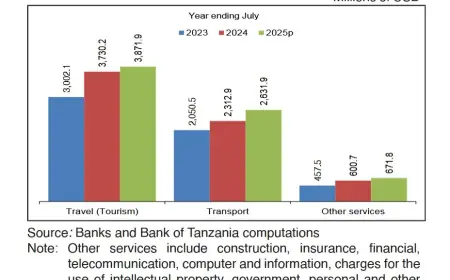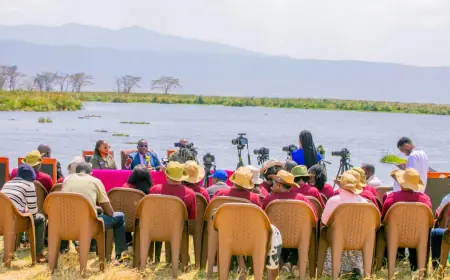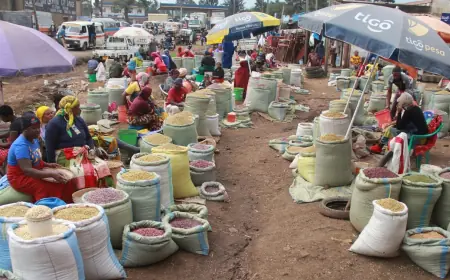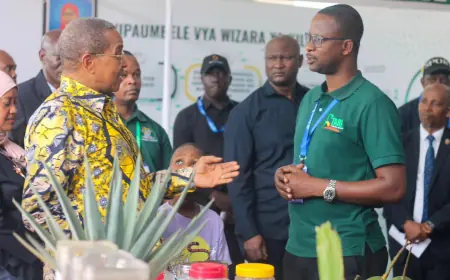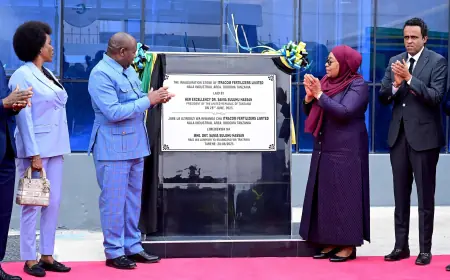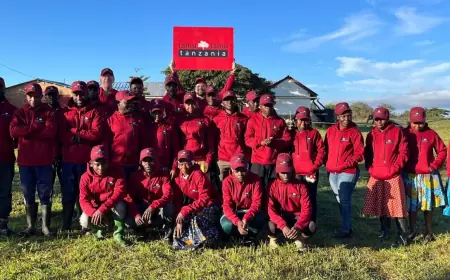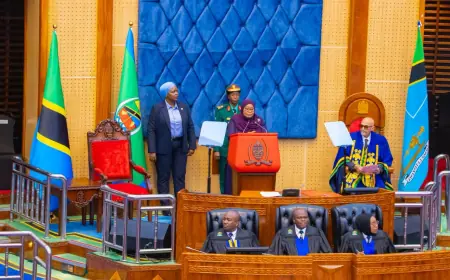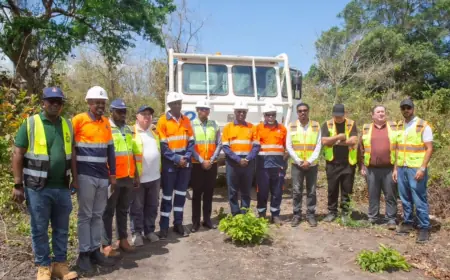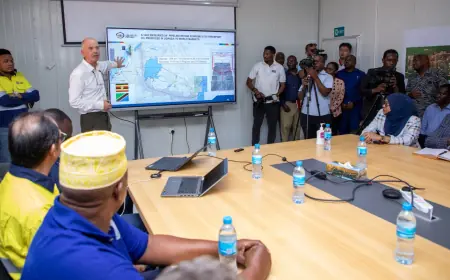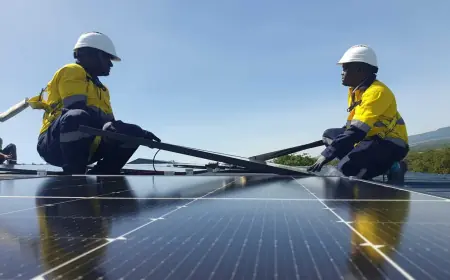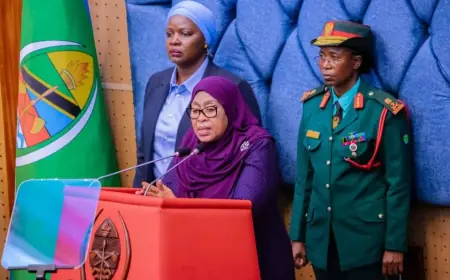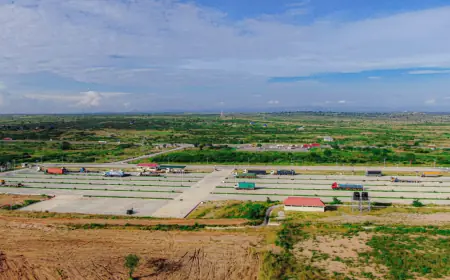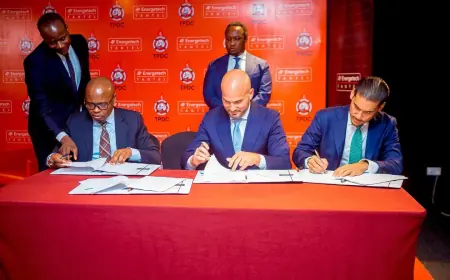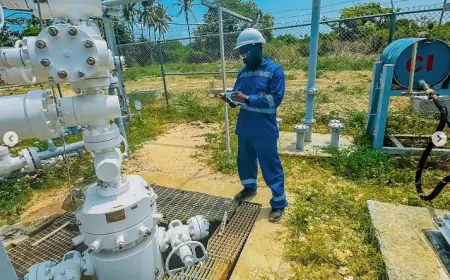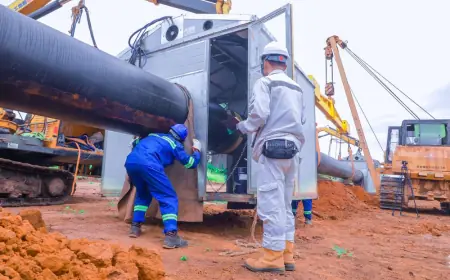Promising new natural gas signs emerge in Tanzania's Lindi–Mtwara block
The ongoing survey spans roughly 736 square kilometres and covers 48 villages, 40 under Mtwara District Council and eight within Mtama District Council in Lindi Region
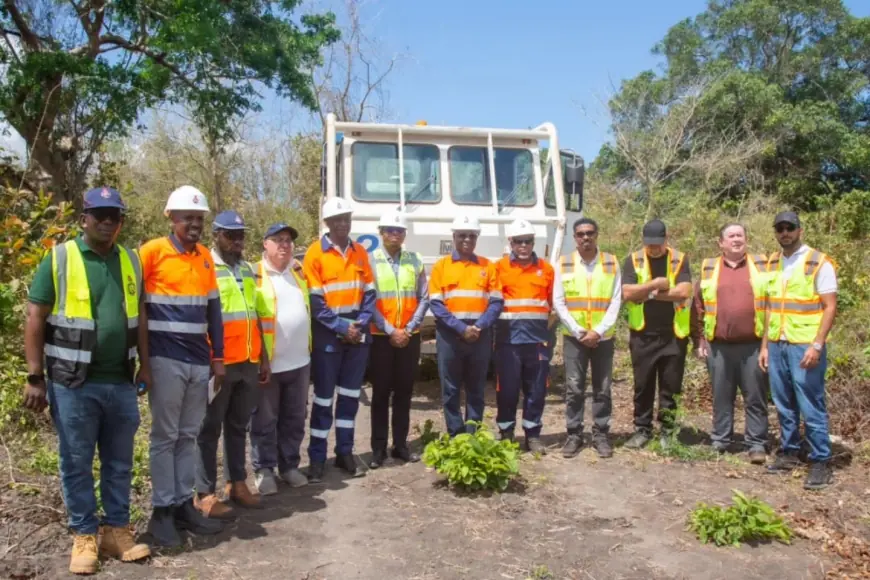
Mtwara. Exploration activities in the Lindi–Mtwara block have revealed encouraging indicators of natural gas deposits, particularly around the villages of Mnyundo and Mpapura in the Mtwara Region. Local residents have reported instances of gas leakage in water wells, a potential early sign of subsurface hydrocarbon accumulation.
The ongoing survey spans roughly 736 square kilometres and covers 48 villages, 40 under Mtwara District Council and eight within Mtama District Council.
This extensive coverage ensures a thorough assessment of the area’s geological features, facilitating the identification of the most promising zones for further exploration.
3D Seismic Data Project Bolsters Exploration
A significant development supporting these efforts is the 3D seismic data acquisition project, which commenced in July 2025 and is expected to conclude within 18 months.
The project focuses on the Lindi–Mtwara exploration block, a strategic area for potential hydrocarbon discoveries, incorporating the Lindi Licence area and the relinquished sections of the Mtwara Licence area.
The block encompasses approximately 3,319.14 km², spanning both onshore and offshore territories.
The core activity involves a geophysical survey using specialised equipment to generate and capture seismic waves.
Mixed energy sources and receivers are deployed depending on the terrain. On land, vibroseis technology is applied, while explosives are used in inaccessible zones.
Offshore, air guns operate in deep waters, and in shallow waters, energy sources are positioned on the nearest land.
The emitted seismic pulses penetrate deep into the Earth and are reflected back, with returning signals recorded by specialised sensors (nodes).
Once processed, these data create detailed three-dimensional images of the subsurface, enabling precise identification of potential gas-bearing formations.
Significance of the Project
Authorities emphasise that the project holds substantial significance for Tanzania’s national development and energy independence.
The detailed seismic data will deepen understanding of the country’s hydrocarbon resources, enhancing energy security and attracting strategic investment in the energy sector.
By providing a clear geological picture, the project contributes directly to the efficient and cost-effective discovery of new gas fields, positioning Tanzania as a key energy player in East Africa and supporting national economic growth.
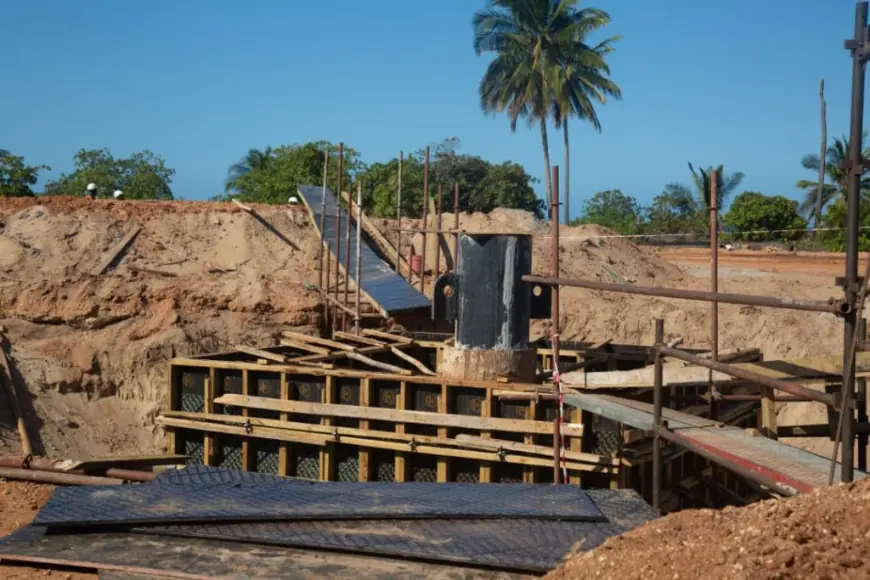
Exploration Bolstered by Early Findings
Dr James Mataragio, Deputy Permanent Secretary in the Ministry of Energy, noted that preliminary results indicate a strong likelihood of natural gas presence in the block.
“Based on the seismic data collected earlier, we have established up to a 32 per cent probability of the presence of gas within this block,” he said during an inspection tour of oil and gas projects in the region.
Dr Mataragio said growing national demand for natural gas, spanning manufacturing, domestic consumption, and transport, is driving the government’s intensified exploration and development initiatives.
These efforts are aligned with Tanzania’s National Development Vision 2050, which envisions a diversified and industrialised economy powered by reliable domestic energy supplies.
Mnazi Bay Expansion and Timely Completion
During his regional visit, Dr Mataragio also assessed progress on the Mnazi Bay gas expansion project, currently 68 per cent complete.
The project entails drilling three new natural gas wells, with the government aiming to increase production by an additional 45 million standard cubic feet per day (MMscfd) from two wells.
The third well is earmarked for further exploratory drilling in an adjacent section of the block.
Dr Mataragio instructed the Tanzania Petroleum Development Corporation (TPDC) to ensure that all ongoing projects adhere strictly to their planned timelines, stressing the importance of timely completion to meet the country’s energy targets.
Local Economy Boosted by Energy Sector
Colonel Patrick Sawala, Mtwara Regional Commissioner, observed that the natural gas sector has become a key attractor for investment in the region.
He noted that existing energy projects have already stimulated numerous economic and social activities, delivering tangible benefits to local communities.
Tanzania's Gas Ambition
Tanzania’s natural gas sector has expanded considerably over the past two decades, with major onshore and offshore discoveries concentrated along the southern coastline in Mtwara and Lindi.
Proven recoverable reserves now exceed 57 trillion cubic feet (tcf), establishing Tanzania among Africa’s leading natural gas holders.
Commercial production began at the Mnazi Bay and Songo Songo fields, supplying power plants, industrial users, and households via a major pipeline linking Mtwara to Dar es Salaam.
The 532-kilometre Mtwara–Dar es Salaam gas pipeline, commissioned in 2015, remains the backbone of the nation’s gas transmission infrastructure.
In recent years, the government has focused on strengthening regulatory frameworks and attracting investment to accelerate exploration and monetisation.
The anticipated Liquefied Natural Gas (LNG) project in Lindi, with an estimated cost of over $40 billion, has also progressed following the signing of the Host Government Agreement in 2023.
Authorities continue to underline the strategic role of natural gas in bolstering energy security, supporting rapid industrialisation, and reducing reliance on imported fuels.
The Ministry of Energy is prioritising the mapping of new exploration zones, the enhancement of geological datasets, and the alignment of gas project benefits with broader national development objectives.
If confirmed through additional drilling, the signs of natural gas in the Lindi–Mtwara block could substantially augment Tanzania’s energy portfolio, consolidating the southern corridor as the epicentre of the country’s growing natural gas industry.
What's Your Reaction?
 Like
0
Like
0
 Dislike
0
Dislike
0
 Love
0
Love
0
 Funny
0
Funny
0
 Angry
0
Angry
0
 Sad
0
Sad
0
 Wow
0
Wow
0
